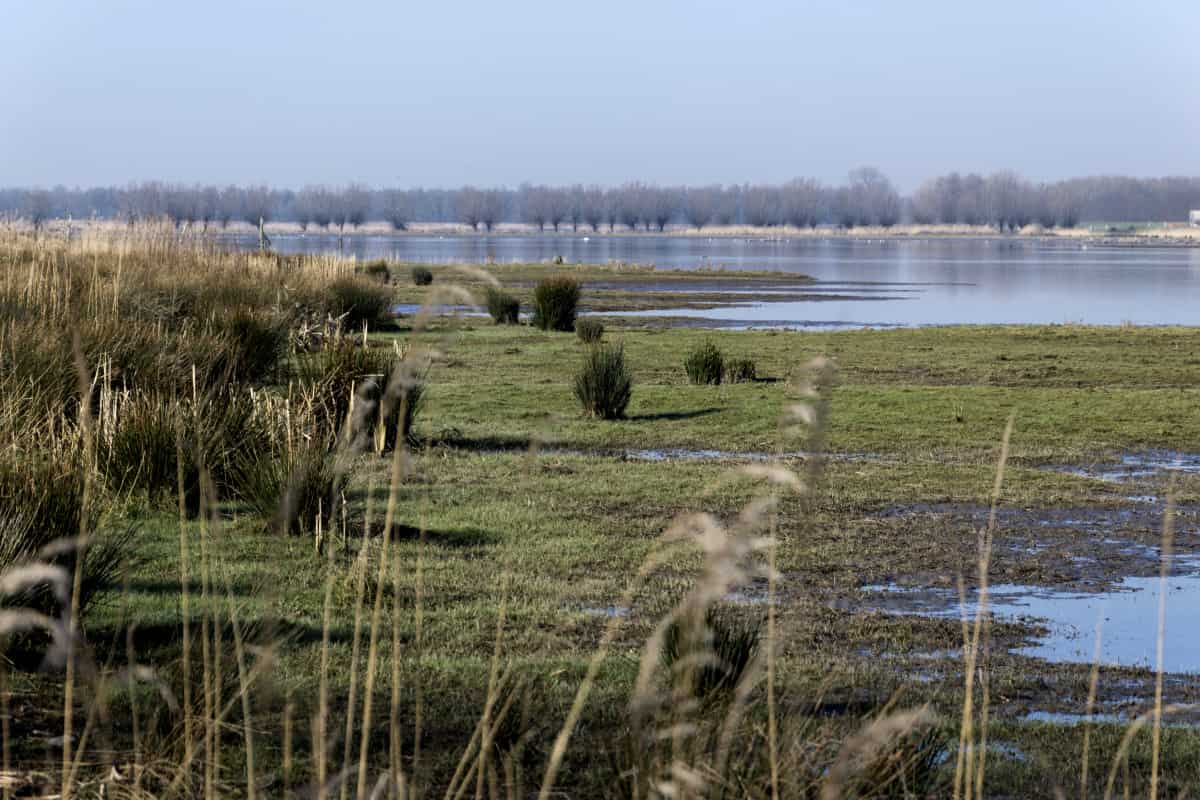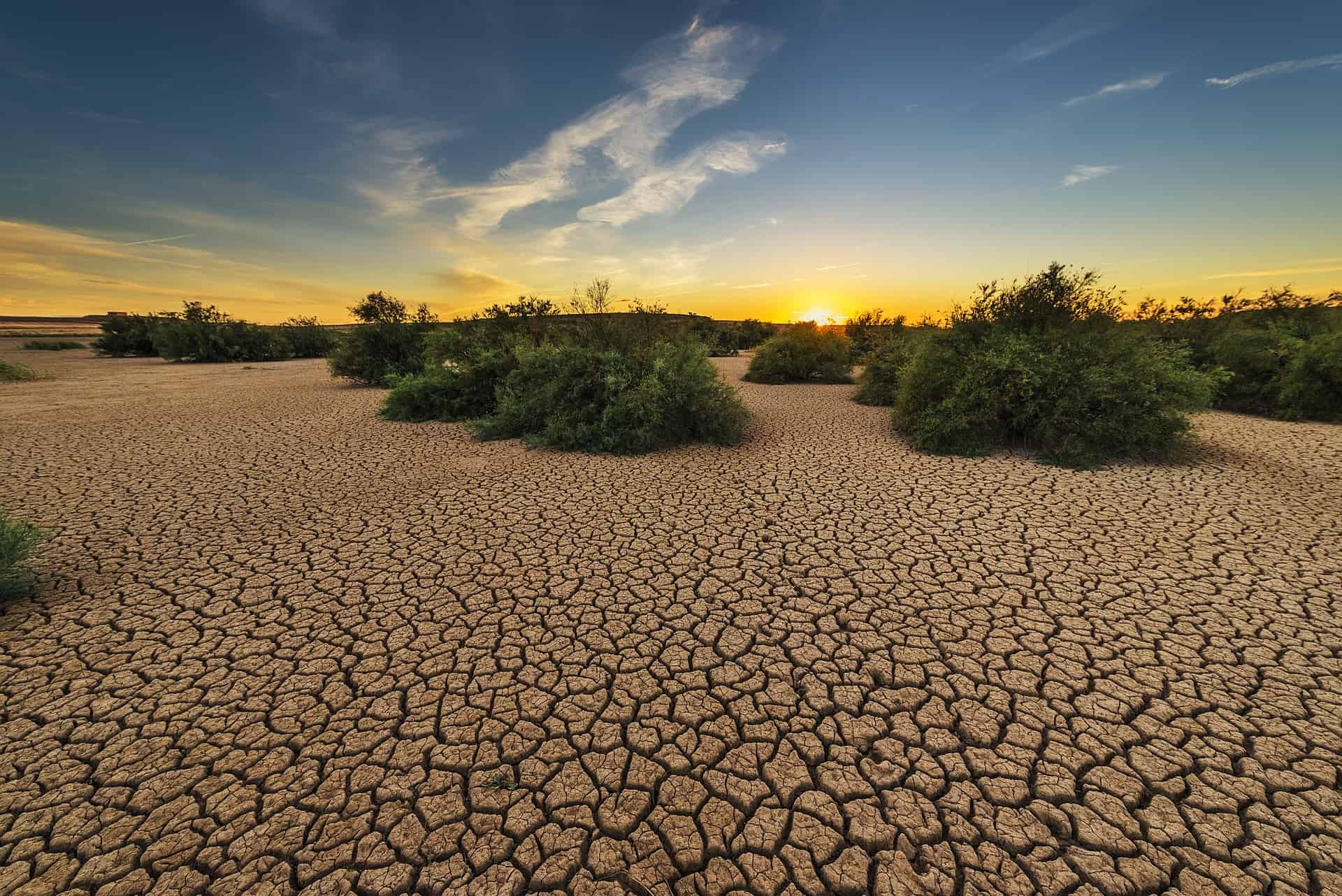
In a significant stride towards biodiversity, the European Parliament has ratified the contentious Nature Restoration Act. Despite opposition from farmers and political groups, the Act clinched a narrow victory with a 324-312 vote, with 12 abstentions. The Act, a cornerstone of the EU’s biodiversity strategy, aims to restore CO2-absorbing peatlands, augment forested areas, and enhance connectivity of rivers to rejuvenate degraded ecosystems. By 2050, 70% of all former peatlands used for agriculture are expected to be restored. Critics, including farmers’ associations, argue this could lead to the loss of valuable agricultural land and potentially jeopardise EU’s food security. The approval of this Act sets the stage for the upcoming European elections in June 2024, with the future European Commission’s priorities likely to be influenced by the next European Parliament.
- The Nature Restoration Act has been passed by the European Parliament.
- This act is at the heart of the EU’s Biodiversity Strategy.
- In the next phase opponents wil try to soften the act with amendments.
The Nature Restoration Act: A closer look
The Act is an ambitious project, intending to restore habitats, ecosystems, and species across the EU’s terrestrial and marine areas. Over 80% of habitats in Europe are currently in poor condition, with a third of bee and butterfly species on the decline. The Act aims to reverse these alarming trends by setting binding restoration targets. The proposal calls for at least 20% of the EU’s land and sea areas to be restored by 2030, and all ecosystems in need of restoration by 2050.
Targets include a broad range of habitats including forests, urban, agricultural, and marine ecosystems. Other objectives include reversing the decline of pollinator populations and re-establishing biodiverse habitats. The Act’s objectives are not limited to restoration alone. It is also intended to contribute to the EU’s climate mitigation and adaptation goals, and meet international commitments.
Implementation and accountability
To ensure the effective implementation of the Nature Restoration Law, the European Commission requires EU countries to submit National Restoration Plans and monitor and report on their progress. The European Environment Agency will provide technical reports. These measures are designed to ensure accountability and keep track of the law’s implementation. The Commission will also monitor and report to the European Parliament and the Council.
Interestingly, the proposal also highlights successful nature restoration projects throughout Europe. These case studies serve as examples of effective restoration efforts, providing a roadmap for others to follow. The Nature Restoration Act is not just about setting targets but also about learning from successful initiatives and replicating them throughout the continent.
The act faces opposition
While the Act has been passed, it is not without controversy. Notably, the European People’s Party, a conservative political group, failed to garner the majority needed in the European Parliament to reject the proposed regulations. The amendment calling to reject the draft Nature Restoration Regulation outright and send the Commission back to the drawing board was voted down with 324 votes against, 312 in favour, and 12 abstentions.
The proposed legislation, part of the Green Deal, aims to restore at least 20% of degraded ecosystems by 2030. However, the Act will now move to the next stage of the legislative process, with European lawmakers voting on amendments to the Commission’s proposal. A final vote on the entire proposal will determine whether the Parliament supports the legislation or not.
What’s next?
Should a majority of MEPs back the proposal, the Parliament can commence inter-institutional negotiations with EU nations to find a compromise under the Spanish presidency of the Council. If there’s no majority in favour, the file will effectively be put on hold until after next year’s European election.
The stakes are high. The passage of the Nature Restoration Act has the potential to significantly impact the priorities of the next European Commission, currently led by Ursula von der Leyen. This makes the Nature Restoration Act an important campaign issue leading up to the European elections in June 2024.







